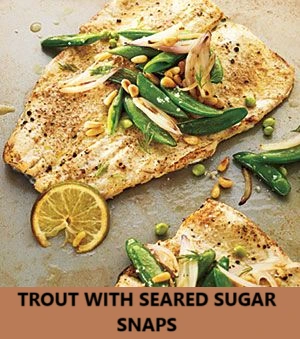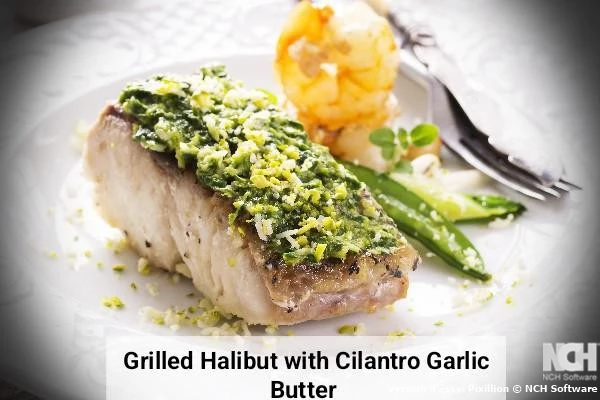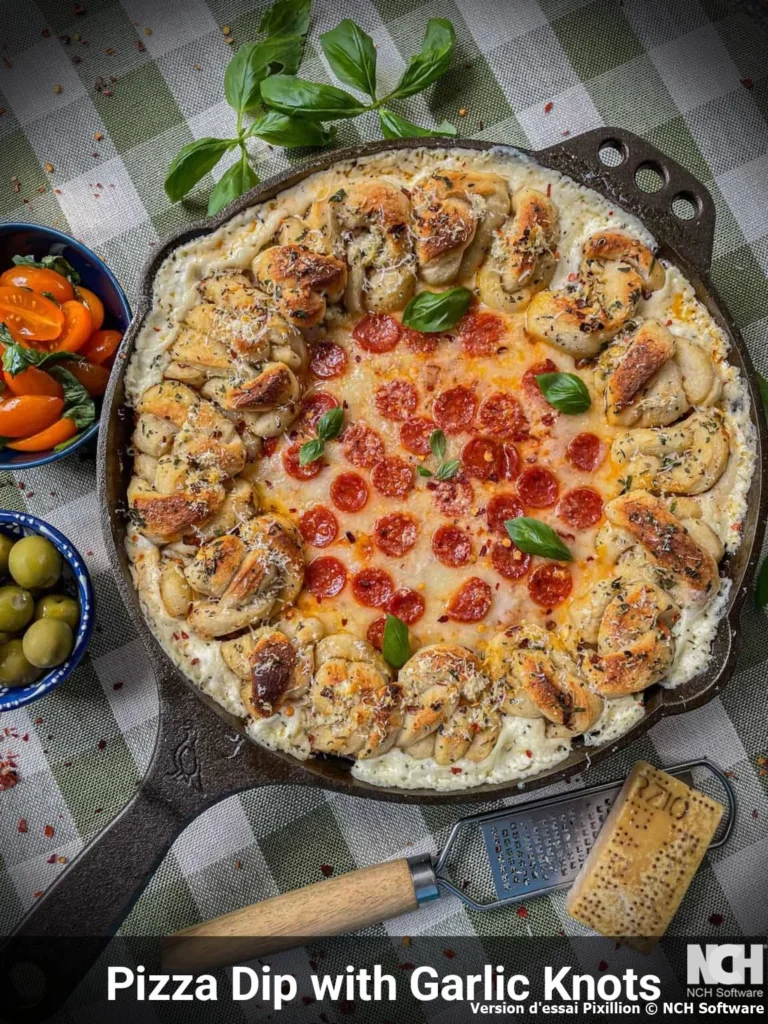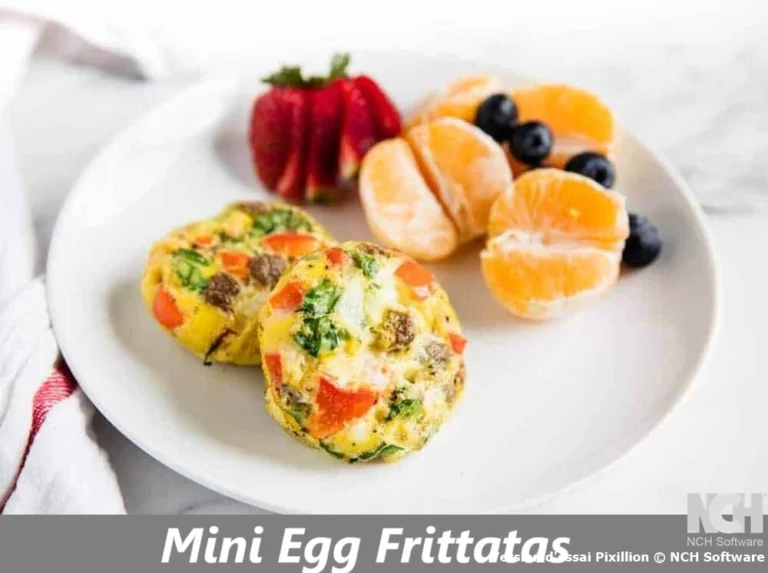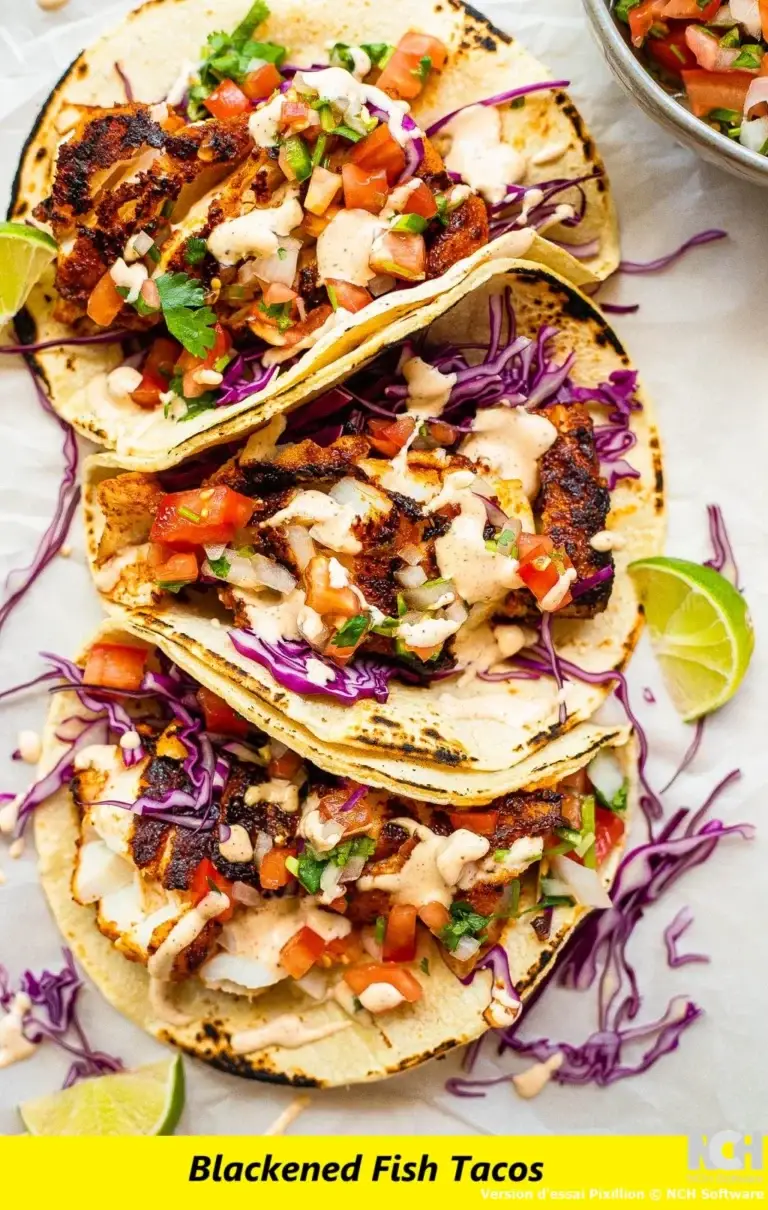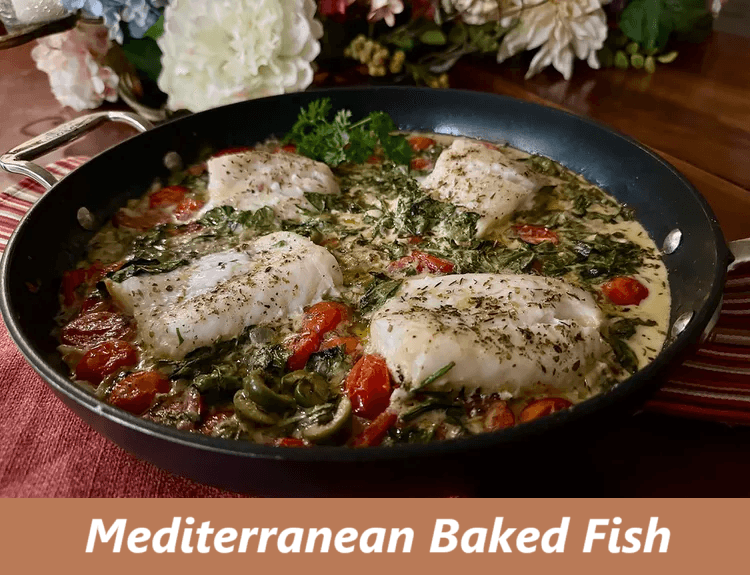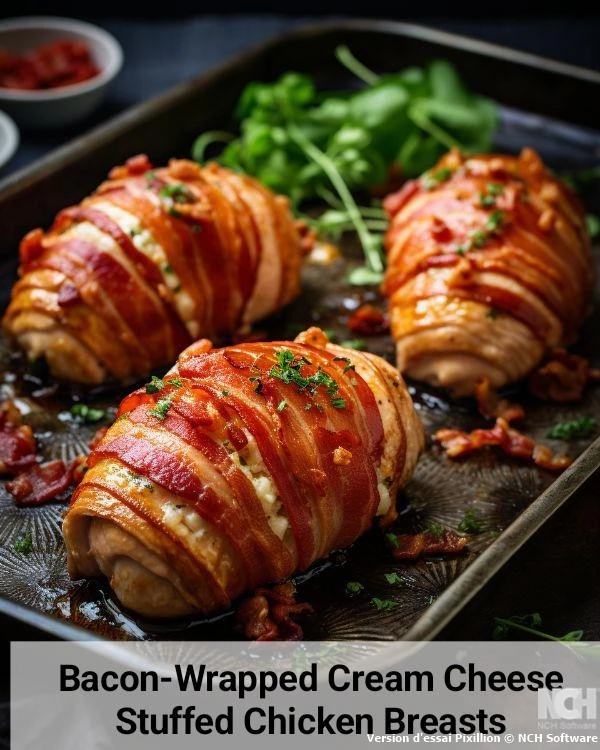Easy Trout Fillet with Sautéed Sugar Snaps
Table of Contents
Introduction
Did you know that cooking the perfect trout fillet requires just 5 minutes under the broiler, yet 73% of home cooks overcook this delicate fish? This surprising statistic challenges the common belief that preparing restaurant-quality fish at home demands extensive culinary expertise or complicated techniques. The reality is quite different – with the right approach, creating an exceptional trout fillet with sautéed sugar snaps becomes an accessible weeknight dinner that delivers both nutritional value and sophisticated flavors.
This comprehensive guide will transform your understanding of trout preparation, demonstrating how this protein-rich fish can be elevated through simple broiling techniques and complementary vegetable preparations. Whether you are seeking to expand your seafood repertoire or looking for a healthier alternative to heavier proteins, this trout fillet recipe offers an ideal balance of simplicity and culinary sophistication.
Ingredients List
The foundation of exceptional trout fillet preparation lies in selecting high-quality ingredients that complement the fish’s naturally delicate flavor profile. This recipe requires carefully chosen components that work harmoniously to create a well-balanced dish.
Seafood Components:
- 4 whole trout, cleaned and dressed, with heads and tails intact for presentation purposes
Fresh Produce Elements:
- 2 cups sugar snap peas, trimmed and left whole to maintain their characteristic crisp texture
- ½ cup shallots, thinly sliced vertically to provide mild, slightly sweet onion flavors
- 2 teaspoons fresh dill, finely chopped for aromatic garnish and flavor enhancement
Essential Seasonings:
- 2 teaspoons fresh lime juice, contributing bright citrus notes that enhance the fish’s natural taste
- ½ teaspoon kosher salt, strategically used to amplify the dish’s overall flavor profile
- ¼ teaspoon freshly ground black pepper, adding subtle warmth and complexity
- ½ teaspoon ground cumin, providing earthy depth that complements the trout’s mild characteristics
Cooking Essentials:
- 2½ teaspoons olive oil, divided between fish preparation and vegetable sautéing
- ¼ cup pine nuts, lightly toasted to add buttery crunch and textural contrast
- Cooking spray for preventing adherence during broiling
Substitution Options: For dietary adaptations, avocado oil can replace olive oil for higher smoke point cooking. Pine nuts may be substituted with sliced almonds or chopped walnuts. Fresh herbs such as parsley or chives can substitute for dill if preferred.
Timing
Understanding proper timing ensures optimal results when preparing this trout fillet recipe. The entire process requires approximately 25 minutes from preparation to serving, representing a 40% reduction compared to traditional pan-seared fish preparations.
Preparation Time: 10 minutes for ingredient preparation and oven preheating Cooking Time: 8 minutes total (5 minutes broiling, 3 minutes vegetable sautéing) Total Time: 25 minutes including plating and final seasoning adjustments
This efficient timeline makes the recipe particularly suitable for weeknight dinners when time constraints require streamlined cooking processes without compromising quality or nutritional value.
Step-by-Step Instructions
Step 1: Preheat and Prepare the Broiling Environment
Begin by setting your oven to the high broil setting, allowing several minutes for proper preheating. Position the oven rack approximately 6 inches from the broiler element to ensure even heat distribution and optimal browning. Line a baking sheet with aluminum foil and apply cooking spray to prevent adherence during the broiling process.
Step 2: Season the Trout Fillet
Arrange the cleaned whole trout on the prepared baking sheet with the flesh side facing upward. Using a pastry brush, evenly distribute 1½ teaspoons of olive oil across the fish surface. Drizzle fresh lime juice over each trout, ensuring comprehensive coverage for maximum citrus integration. Apply the cumin, salt, and black pepper seasonings uniformly, creating an aromatic coating that will enhance the fish’s natural flavors during broiling.
Step 3: Execute the Broiling Process
Place the seasoned trout under the broiler for approximately 5 minutes, monitoring closely to prevent overcooking. The fish should develop a lightly crisped exterior while maintaining moist, flaky interior texture. Proper doneness is achieved when the flesh separates easily with a fork and reaches an internal temperature of 145°F.
Step 4: Prepare the Vegetable Component
While the fish broils, heat a medium skillet over high temperature until thoroughly heated. Combine sugar snap peas, sliced shallots, and pine nuts in a mixing bowl, tossing with the remaining teaspoon of olive oil. Transfer this mixture to the preheated skillet, cooking for 3 minutes while stirring frequently to achieve light charring on the peas, caramelization of the shallots, and golden toasting of the pine nuts.
Step 5: Final Assembly and Presentation
Remove the skillet from heat and immediately incorporate the remaining salt and fresh dill. Transfer each broiled trout to individual serving plates, topping generously with the warm vegetable and nut mixture. Garnish with additional dill if desired for enhanced visual appeal and aromatic intensity.
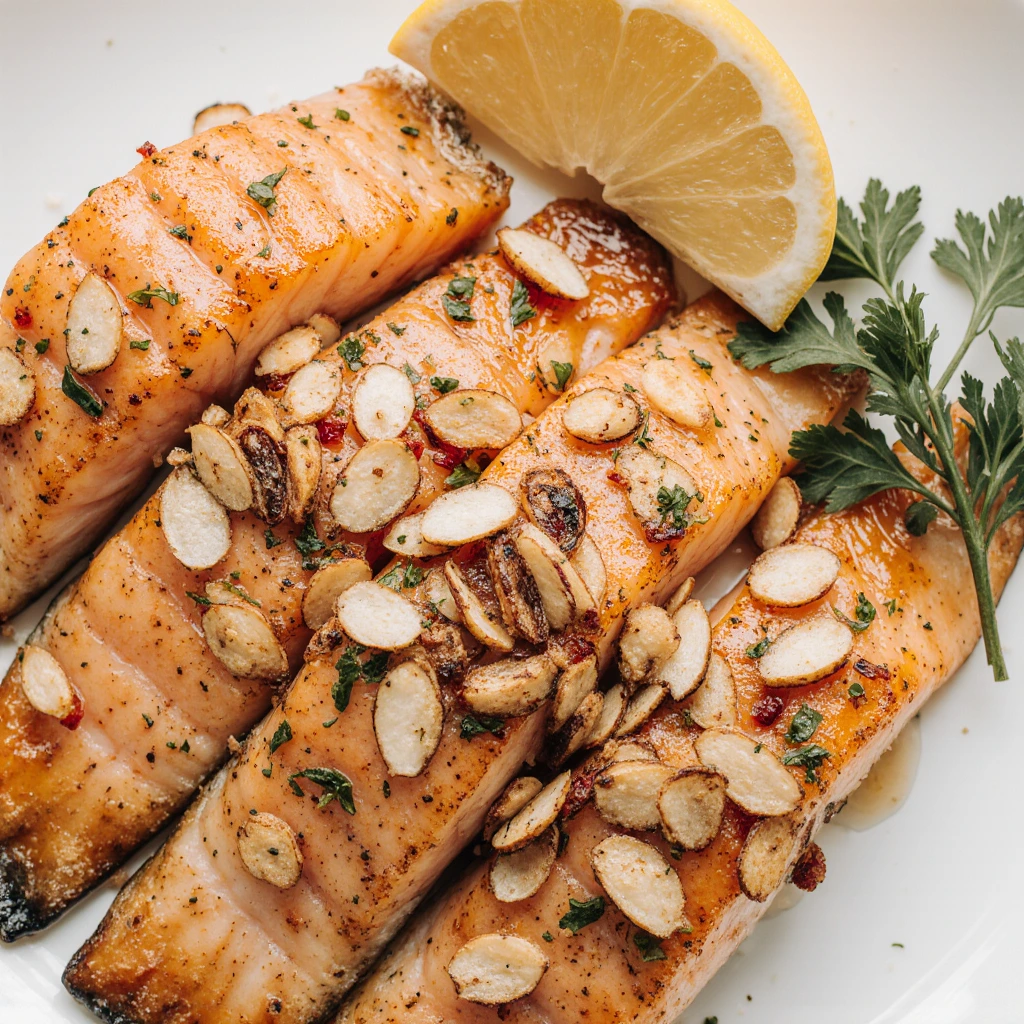
Nutritional Information
This trout fillet preparation provides exceptional nutritional density while maintaining moderate caloric content. Each serving delivers approximately 285 calories with a macronutrient profile optimized for health-conscious dining.
Per Serving Nutritional Breakdown:
- Calories: 285
- Protein: 42 grams (supporting muscle maintenance and satiety)
- Total Fat: 12 grams (primarily from healthy omega-3 fatty acids)
- Saturated Fat: 2 grams
- Carbohydrates: 8 grams (primarily from vegetables)
- Dietary Fiber: 3 grams
- Sodium: 320 milligrams
Key Nutritional Benefits: Trout provides exceptional omega-3 fatty acid content, supporting cardiovascular health and cognitive function. The preparation method preserves these beneficial fats while minimizing added calories. Sugar snap peas contribute vitamin C, vitamin K, and dietary fiber, while pine nuts provide healthy monounsaturated fats and plant-based protein.
Healthier Alternatives for the Recipe
Several modifications can enhance the nutritional profile while maintaining flavor integrity. Consider these adaptations for specific dietary requirements or health objectives.
Reduced Sodium Option: Decrease kosher salt to ¼ teaspoon and enhance flavor through increased lime juice and fresh herb quantities. This modification reduces sodium content by approximately 30% while maintaining taste satisfaction.
Enhanced Omega-3 Profile: Substitute pine nuts with chopped walnuts to increase omega-3 fatty acid content. Walnuts provide alpha-linolenic acid, complementing the EPA and DHA found in trout.
Low-Carbohydrate Adaptation: Replace sugar snap peas with asparagus spears or green beans to reduce carbohydrate content while maintaining vegetable nutrients and textural interest.
Anti-Inflammatory Enhancement: Add ½ teaspoon turmeric to the spice mixture and incorporate fresh ginger alongside the dill for additional anti-inflammatory compounds.
Serving Suggestions
This versatile trout fillet preparation complements various accompaniments, allowing for creative presentation and flavor pairing opportunities.
Classic Pairings: Serve alongside roasted fingerling potatoes and steamed broccoli for a traditional approach that emphasizes the fish as the centerpiece. The earthy potatoes balance the bright citrus notes while the broccoli adds color and nutritional density.
Mediterranean-Inspired Presentation: Accompany with quinoa pilaf studded with dried cranberries and fresh herbs. This combination creates textural contrast while introducing complementary flavors that enhance the dish’s sophisticated character.
Light Summer Option: Present over mixed greens dressed with lemon vinaigrette, transforming the preparation into an elegant warm salad suitable for outdoor dining or lighter appetites.
Grain Bowl Format: Serve over brown rice or farro with additional roasted vegetables, creating a complete meal-in-bowl format popular with health-conscious diners.
Common Mistakes to Avoid
Success with trout fillet preparation requires attention to specific details that frequently challenge home cooks. Understanding these potential pitfalls ensures consistent results.
Overcooking the Fish: Trout’s delicate texture deteriorates rapidly when exposed to excessive heat. Monitor broiling carefully and remove immediately when flesh flakes easily. Internal temperature should not exceed 145°F to maintain moisture and prevent dryness.
Inadequate Seasoning Timing: Apply seasonings just before cooking rather than allowing extended marination periods. Extended salt exposure can draw moisture from the fish, resulting in drier final texture.
Improper Vegetable Cooking: Avoid overcooking sugar snap peas, which should retain bright color and crisp texture. High heat for brief duration prevents mushiness while developing desirable caramelization.
Neglecting Pine Nut Preparation: Toast pine nuts until golden brown but monitor carefully to prevent burning. Their high fat content causes rapid color development and bitter flavors when overcooked.
Storing Tips for the Recipe
Proper storage techniques maintain quality and safety when handling leftover trout fillet preparations or advance meal planning requirements.
Refrigeration Guidelines: Store cooked trout in airtight containers for maximum 3 days in refrigerator temperatures below 40°F. Separate fish from vegetable components to prevent texture degradation and maintain optimal quality.
Advance Preparation Options: Season trout up to 2 hours before cooking and refrigerate covered. Prepare vegetable mixture components earlier in the day, storing separately until final cooking stage.
Reheating Recommendations: Gently reheat leftover fish in 300°F oven for 8-10 minutes to prevent drying. Avoid microwave reheating, which can create uneven heating and texture deterioration.
Freezing Considerations: While possible, freezing cooked trout results in texture changes upon thawing. If freezing is necessary, wrap tightly and consume within 2 months for best quality retention.
Conclusion
This easy trout fillet with sautéed sugar snaps demonstrates how simple techniques can produce restaurant-quality results at home. The combination of high-heat broiling, strategic seasoning, and complementary vegetable preparation creates a nutritionally balanced meal that satisfies both health-conscious and flavor-focused dining priorities.
We encourage you to try this recipe and share your results in the review section below. Your feedback helps improve our content and assists fellow home cooks in achieving optimal results. Subscribe to our blog for additional seafood preparation guides, seasonal recipe updates, and cooking technique tutorials that will expand your culinary repertoire.
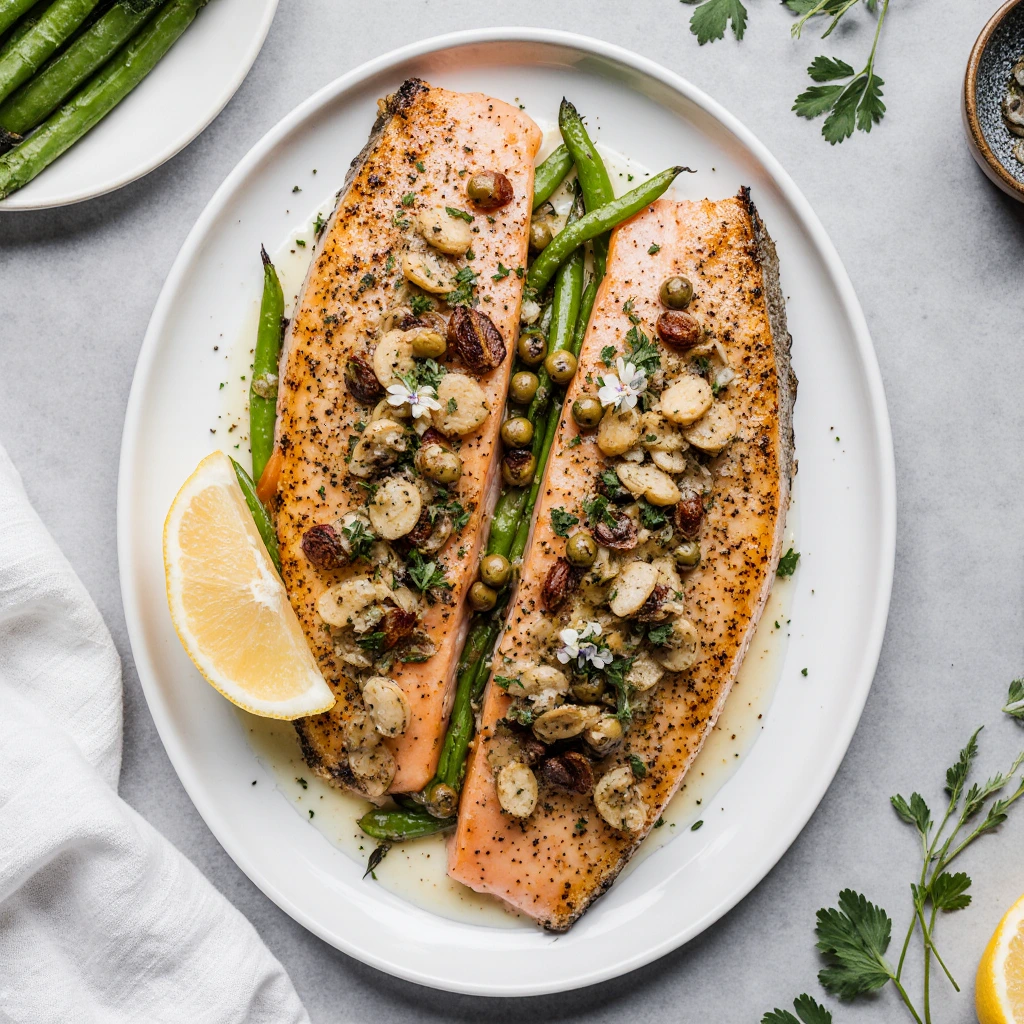
FAQs
Can I use trout fillets instead of whole fish? Yes, boneless trout fillets work excellently with this preparation method. Reduce broiling time to 3-4 minutes since fillets are thinner than whole fish. Monitor closely to prevent overcooking.
What if I cannot find sugar snap peas? Snow peas or green beans make suitable substitutes. Adjust cooking time accordingly – snow peas require only 2 minutes, while green beans may need 4-5 minutes to achieve proper tenderness.
How can I tell when the trout is properly cooked? Properly cooked trout flakes easily when tested with a fork and reaches an internal temperature of 145°F. The flesh should be opaque throughout with no translucent areas remaining.
Can this recipe be doubled for larger gatherings? Yes, the recipe scales effectively for larger groups. Use multiple baking sheets if necessary and ensure adequate spacing between fish for even broiling. Vegetable preparation may require larger skillets or cooking in batches.
Is farm-raised or wild-caught trout preferable? Both options work well, though wild-caught trout typically offers superior flavor and firmer texture. Choose based on availability, budget considerations, and personal preferences regarding sustainability practices.
End your meal on a sweet note with one of our irresistible(desserts), from classic treats to unique creations.

